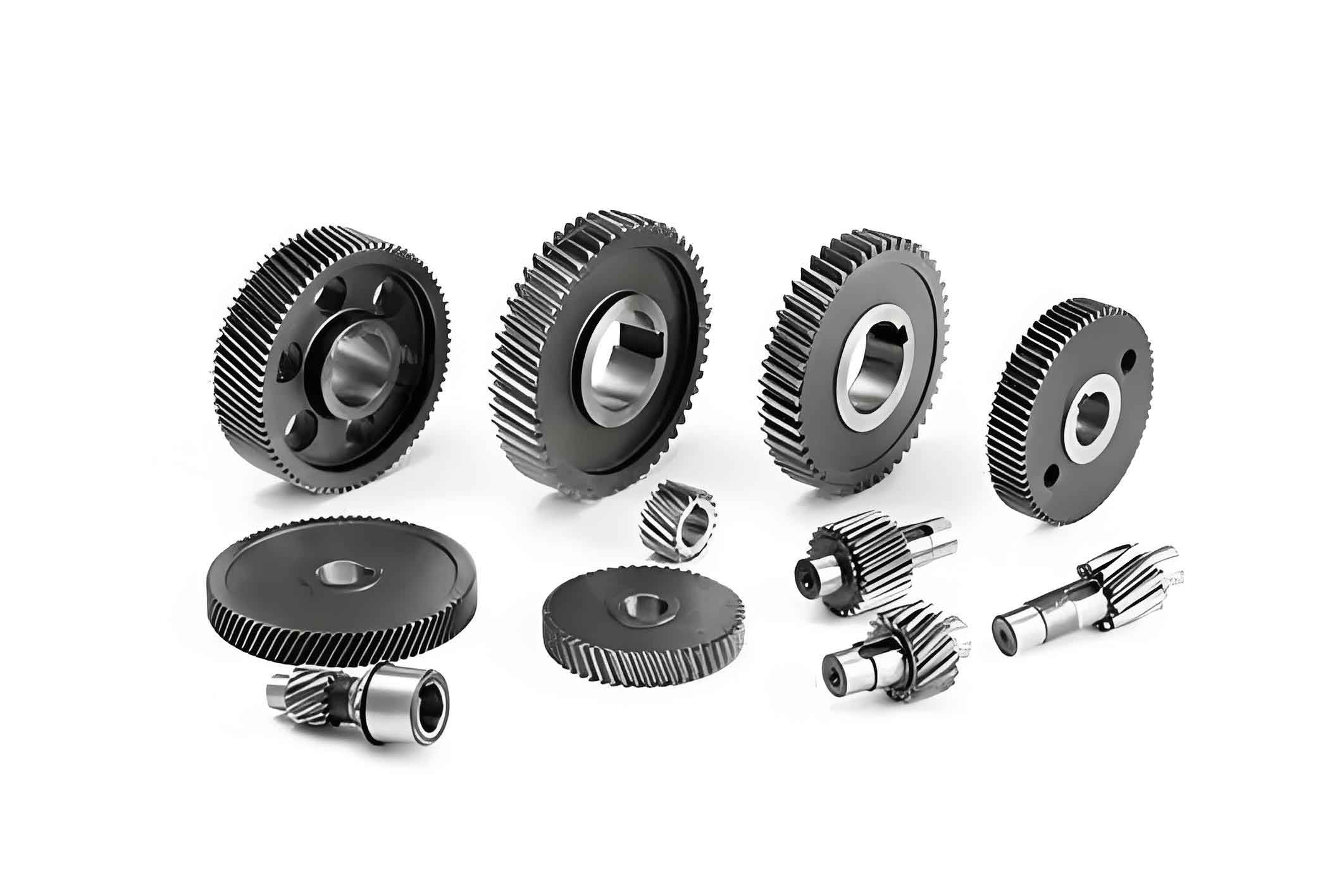Electric vehicle gears endure complex stress conditions during operation, experiencing external excitations from road irregularities, internal meshing dynamics, and unique electromagnetic torque characteristics from motors. These combined factors generate highly stochastic loading patterns that accelerate fatigue failure mechanisms. This research establishes a comprehensive methodology for predicting contact fatigue life in electric vehicle gears using field-measured load data, rotational rainflow counting, and modified S-N approaches.

Load Spectrum Acquisition and Processing
Field measurements captured motor speed and torque data from a production electric vehicle operating under real-world conditions. The acquisition system incorporated strain gauges precisely mounted on the half-shafts, calibrated to establish the voltage-torque relationship. Data preprocessing eliminated noise artifacts while preserving essential load characteristics. The processed motor output profile reveals significant torque fluctuations inherent to electric vehicle gear operation:
$$T_{motor} = f(t) \quad \text{and} \quad \omega_{motor} = g(t)$$
| Parameter | Value | Parameter | Value |
|---|---|---|---|
| Vehicle mass (kg) | 1530 | Wheel radius (m) | 0.314 |
| Drag coefficient | 0.261 | Gear ratio | 6.72 |
| Rolling resistance | 0.015 | Drivetrain efficiency | 0.95 |
Stress Transformation and Cycle Counting
Motor torque data was converted into gear contact stress using Hertzian contact theory accounting for electric vehicle gear geometry and material properties. The transformation incorporates dynamic load factors specific to electric vehicle gear dynamics:
$$\sigma_H = \sqrt{\frac{KF_t}{B d \varepsilon_\alpha} \cdot \frac{i_g + 1}{i_g} \cdot Z_H Z_E$$
where \(K = K_A K_V K_\alpha K_\beta\) (load factor), \(F_t = 2T_{tq}/d\) (tangential force), and \(Z_H\), \(Z_E\) are zone and elasticity coefficients. Material properties for the 20CrMnTi electric vehicle gear:
| Property | Value | Property | Value |
|---|---|---|---|
| Tensile strength | 1080 MPa | Elastic modulus | 207 GPa |
| Yield strength | 835 MPa | Poisson’s ratio | 0.25 |
Rotational rainflow counting was applied to address the discontinuous loading nature of individual gear teeth. This method reconstructs stress histories for single teeth by synchronizing torque data with rotational position:
$$\Delta\sigma_i = \sigma_{max,i} – \sigma_{min,i} \quad \text{with} \quad R=0$$
Fatigue Life Calculation Methodology
The modified S-N curve for 20CrMnTi incorporates EM rules to account for below-threshold stress cycles prevalent in electric vehicle gear operation. Stress amplitudes were converted to equivalent zero-mean stresses using Goodman correction:
$$S_i = \frac{\sigma_b S_{ai}}{\sigma_b – |S_{mi}|}$$
where \(\sigma_b\) = 1080 MPa (ultimate strength). Miner’s rule then accumulated damage across all stress levels:
$$D = \sum_{i=1}^{k} \frac{n_i}{N_i} \quad ; \quad N_{life} = \frac{1}{D}$$
One load spectrum cycle distance was calculated through kinematic integration:
$$L_{cycle} = \int \frac{\omega_{motor}}{i_{total}} \cdot \frac{\pi d_{tire}}{60} dt$$
Results and Validation
The rotational rainflow counting produced a stress spectrum with 39,258 cycles. Fatigue analysis revealed a cumulative damage value \(D = 2.029 \times 10^{-4}\) for the electric vehicle gear reducer. The predicted contact fatigue life and corresponding mileage were:
| Parameter | Value | Parameter | Value |
|---|---|---|---|
| Load cycles to failure | 4,928 | Distance per cycle | 72.86 km |
| Total predicted life | 359,100 km | Critical stress amplitude | 788 MPa |
Conclusion
This investigation established that rotational rainflow counting combined with modified S-N curves effectively predicts electric vehicle gear fatigue life under actual operating conditions. The methodology accounted for unique electromagnetic torque characteristics and below-threshold stress cycles that significantly impact electric vehicle gear durability. Implementation of this approach during design phases will enhance reliability and longevity of electric vehicle gear systems subjected to complex stochastic loading environments.
